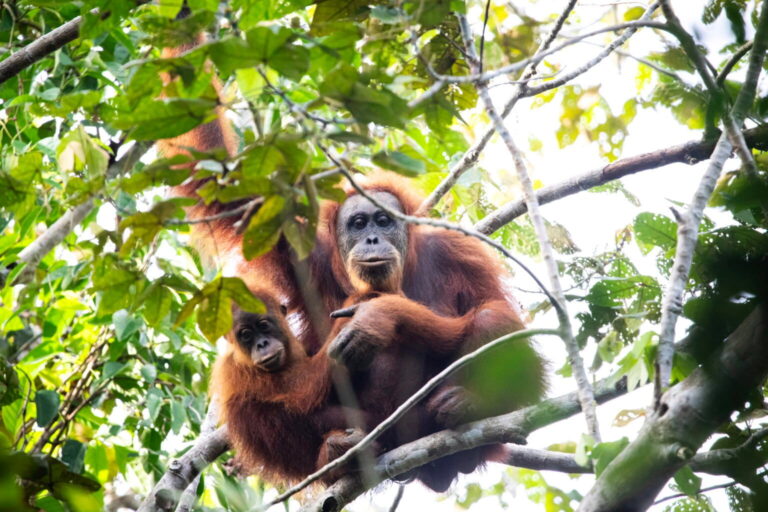- The critically endangered slender-snouted crocodile is not one but two species, a new study has found.
- While the West African crocodile continues to retain its original name Mecistops cataphractus, the Central African species has been named Mecistops leptorhynchus.
- The description of M. leptorhynchus makes it the first new living crocodile species to be named and detailed in more than 80 years.
- As two species, the slender-snouted crocodiles are smaller in numbers and are at greater risk of extinction.
At first glance, the slender-snouted crocodiles living in Lake Tanganyika in Central Africa look very similar to the ones in the Gambia River in West Africa. But as it turns out, the crocodile is not one but two distinct species: one unique to West Africa and the other to Central Africa, a new study has found.
In fact, the Central African crocodile species is new to science, researchers say in the study published in Zootaxa, making it the first new living crocodile species to be described in more than 80 years.
The medium-sized slender-snouted crocodile, belonging to the genus Mecistops, is distributed throughout Africa west of the Rift Valley, in lakes, rivers and coastal lagoons. The genus was considered to have only one species, M. cataphractus, originally based on what the researchers say is a “now-lost specimen of unknown geographic origin.” Subsequent attempts to describe the crocodile were also based on “specimens with imprecise or unknown locality data and morphological characters.”

To clear up the taxonomic status of the slender-snouted crocodiles across Africa, Matthew Shirley, a crocodile expert at Florida International University, U.S., and his colleagues analyzed the DNA and physical characteristics of several slender-snouted crocodiles captured from the wild and in captivity from across six African countries. They found that the two crocodiles had subtle differences in their appearances, not easily discernible to the layperson: the West African slender-snouted crocodiles have heavier scales and rougher skin compared to the Central African ones.
But the larger differences lie in their DNA. The two species seem to have diverged some 6.5 million to 7.5 million years ago, coinciding with the formation of a chain of volcanoes along the border region between Cameroon and Nigeria, which likely acted as a biogeographic barrier. While the West African crocodile continues to retain its original name, Mecistops cataphractus, the Central African species has been named Mecistops leptorhynchus.
As a single species, the crocodile was already listed as critically endangered in the IUCN Red List, threatened mainly by hunting, overfishing (the crocodiles feed on fish) and habitat loss. Now, as two species, their respective populations are even lower, putting them at greater risk of extinction.
“Recognizing the slender-snouted crocodile as actually comprised of two different species is cause for great conservation concern,” Shirley said in a statement. “We estimate only 10 percent of slender-snouted crocodiles occur in West Africa, effectively diminishing its population by 90 percent. This makes the West African slender-snouted crocodile one of the most critically endangered crocodile species in the world.
“We hope that this better understanding of slender-snouted crocodile evolution and taxonomy draws much-needed attention to the plight of this species, which has long been recognized as the least known crocodilian in the world,” Shirley added.

Citation:
Shirley, M. H. et al (2018) Systematic revision of the living African Slender-snouted Crocodiles (Mecistops Gray, 1844). Zootaxa. DOI: http://dx.doi.org/10.11646/zootaxa.4504.2.1














